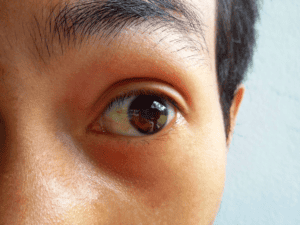 Are you self-conscious of your eye appearance, and find yourself avoiding eye contact with others because of a suspicious-looking bump on your eye? The problem could be a pinguecula, or an unsightly growth on the white part of the eye’s surface. This growth makes many people uneasy or insecure due to their eye appearance.
Are you self-conscious of your eye appearance, and find yourself avoiding eye contact with others because of a suspicious-looking bump on your eye? The problem could be a pinguecula, or an unsightly growth on the white part of the eye’s surface. This growth makes many people uneasy or insecure due to their eye appearance.
Your self-image should not have to suffer because of a pinguecula. Boxer Wachler Vision Institute offers complete care for pinguecula. Dr. Brian will remove the pinguecula, helping you regain the confidence you need to look others directly in the eye and feel good about yourself.
What Is a Pinguecula?
A pinguecula is a deposit of calcium, fat or protein that develops on the conjunctiva, or the clear protective membrane covering part of the front surface of the eye. Most pingueculae appear on the inner eye, closest to the nose, and may extend outward.
Although any type of growth or lesion can seem concerning, pingueculae are non-cancerous and usually not harmful to vision. In fact, a pinguecula is sometimes compared to a callous that grows on the skin.
Pinguecula symptoms include the following:
- A yellowish spot or bump
- Red, bloodshot eyes
- Swelling of the conjunctiva
Large pingueculae can interfere with the eye’s natural tear film. If tears cannot spread around the growth, dry eye symptoms — including burning, itching and a “foreign body” sensation — can occur.
Symptoms may range from mild to severe, depending on the case.
Pinguecula Causes
 One of the most common causes of pingueculae is overexposure to ultraviolet radiation from the sun. Many pingueculae are triggered by frequent or prolonged exposure to other environmental elements like dust and wind.
One of the most common causes of pingueculae is overexposure to ultraviolet radiation from the sun. Many pingueculae are triggered by frequent or prolonged exposure to other environmental elements like dust and wind.
Pingueculae can develop at any age, although they are most common in middle-aged or older adults. They often affect people who spend long hours outdoors, either for work or leisure.
Preventive measures include wearing sunglasses with adequate UV protection anytime you are outside (even on overcast or cloudy days). Depending on the situation, other types of eyewear, like goggles, can provide protection against the natural elements. Applying artificial tears to lubricate dry eyes can also help protect you against pingueculae.
Diagnosing a Pinguecula
Although most pinguecula are harmless, it is wise to have any bump or lesion evaluated by an eye doctor.
To diagnose a pinguecula, Dr. Brian will examine your eye using a slit lamp (i.e., a lighted microscope). He may assess your visual acuity to determine whether the pinguecula is affecting your vision.
Get Dr. Brian’s Latest Best-Selling WhiterEyes Book For Free!
(Plus a Complimentary Consultation – Value $207.00)
This book normally is $15.99 plus shipping

Pinguecula Removal with WhiterEyes® Conjunctivoplasty
If you have a pinguecula that is causing you discomfort or interfering with the quality of your vision or your confidence, Dr. Brian may recommend the WhiterEyes® Conjunctivoplasty procedure. During this short, virtually painless procedure, the doctor removes the conjunctiva, or membrane covering the white part of the eyes. No stitches are needed, and a new, clearer membrane grows back in its place.
The recovery period after the WhiterEyes® Conjunctivoplasty procedure is typically very quick. Many patients return to work and most of their regular activities within a few days. Dr. Brian asks patients to wear sun protection and regularly use eye drops after the procedure. The results of treatment include whiter, clearer and moister eyes with improved eye comfort.
Pinguecula Removal FAQs
How is pinguecula different from pterygium?
 Pinguecula and pterygium are both eye conditions that affect the conjunctiva, the clear, thin tissue covering the white part of the eye. A pinguecula is a yellowish, raised growth on the conjunctiva, often appearing on the side closest to the nose. It is usually benign and primarily caused by UV light exposure, dust, and wind. On the other hand, a pterygium is a red, fleshy, wing-shaped growth that can progress across the cornea, potentially affecting vision. Unlike pinguecula, pterygium can grow large enough to interfere with sight and therefore may require more immediate treatment. Both conditions are related to environmental exposure, but their impact on the eye and potential for growth differs significantly.
Pinguecula and pterygium are both eye conditions that affect the conjunctiva, the clear, thin tissue covering the white part of the eye. A pinguecula is a yellowish, raised growth on the conjunctiva, often appearing on the side closest to the nose. It is usually benign and primarily caused by UV light exposure, dust, and wind. On the other hand, a pterygium is a red, fleshy, wing-shaped growth that can progress across the cornea, potentially affecting vision. Unlike pinguecula, pterygium can grow large enough to interfere with sight and therefore may require more immediate treatment. Both conditions are related to environmental exposure, but their impact on the eye and potential for growth differs significantly.
How much does pinguecula removal cost?
The cost of pinguecula removal can vary based on several factors, including the complexity of the case, the specific technique used for removal. Your treatment may also be reimbursed — in part or full — by insurance. Dr. Brian’s office provides personalized consultations to discuss the best treatment options and associated costs. You are encouraged to contact the office directly for a more accurate estimate tailored to their specific situation.
What is recovery from pinguecula removal like?
Recovery from pinguecula removal with the WhiterEyes® procedure typically involves a short and manageable post-operative period with usually no pain. Patients may experience mild discomfort and redness in the treated eye, which usually subsides within a few days. Dr. Brian prescribes eye drops to prevent infection and inflammation. Wearing protective eyewear should help to shield your eyes from environmental irritants and the UV rays from the sun. Usually, you can resume normal activities within a few days, but it’s important to avoid strenuous activities or anything that could strain your eyes for a couple of weeks.
What are the risks of leaving pinguecula untreated?
While a pinguecula itself is benign and may not require immediate treatment, leaving it untreated can lead to discomfort and potential cosmetic concerns. In some cases, an untreated pinguecula can become inflamed, leading to pingueculitis, which can cause redness, irritation, and a sensation of a foreign body in the eye. Regular monitoring is important to ensure that the pinguecula does not progress into a more serious condition, such as a pterygium, which can impair vision.
Is pinguecula contagious?
 No, pinguecula is not contagious. It is an eye condition related to environmental factors such as UV exposure without sunglasses, wind, and dust, rather than an infectious agent. Therefore, it cannot be spread from person to person. Protecting your eyes from excessive sunlight and irritants can help prevent the development of pinguecula.
No, pinguecula is not contagious. It is an eye condition related to environmental factors such as UV exposure without sunglasses, wind, and dust, rather than an infectious agent. Therefore, it cannot be spread from person to person. Protecting your eyes from excessive sunlight and irritants can help prevent the development of pinguecula.
Can pinguecula reoccur after removal?
Dr. Brian has never seen a case of recurrence after his WhiterEyes® procedure. To minimize the risk of recurrence, Dr. Brian advises patients to protect their eyes from direct sunlight by wearing UV-protective sunglasses and using hats with brims when outdoors. Additionally, using artificial tears or lubricating eye drops can help keep the eyes moist and reduce irritation from environmental factors like wind and dust.
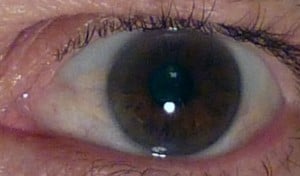
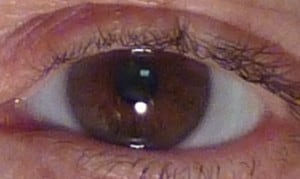
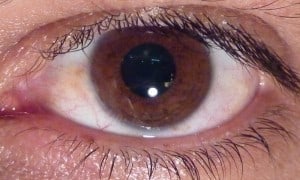
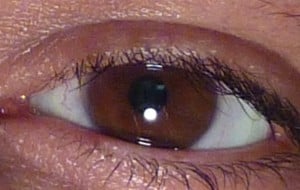
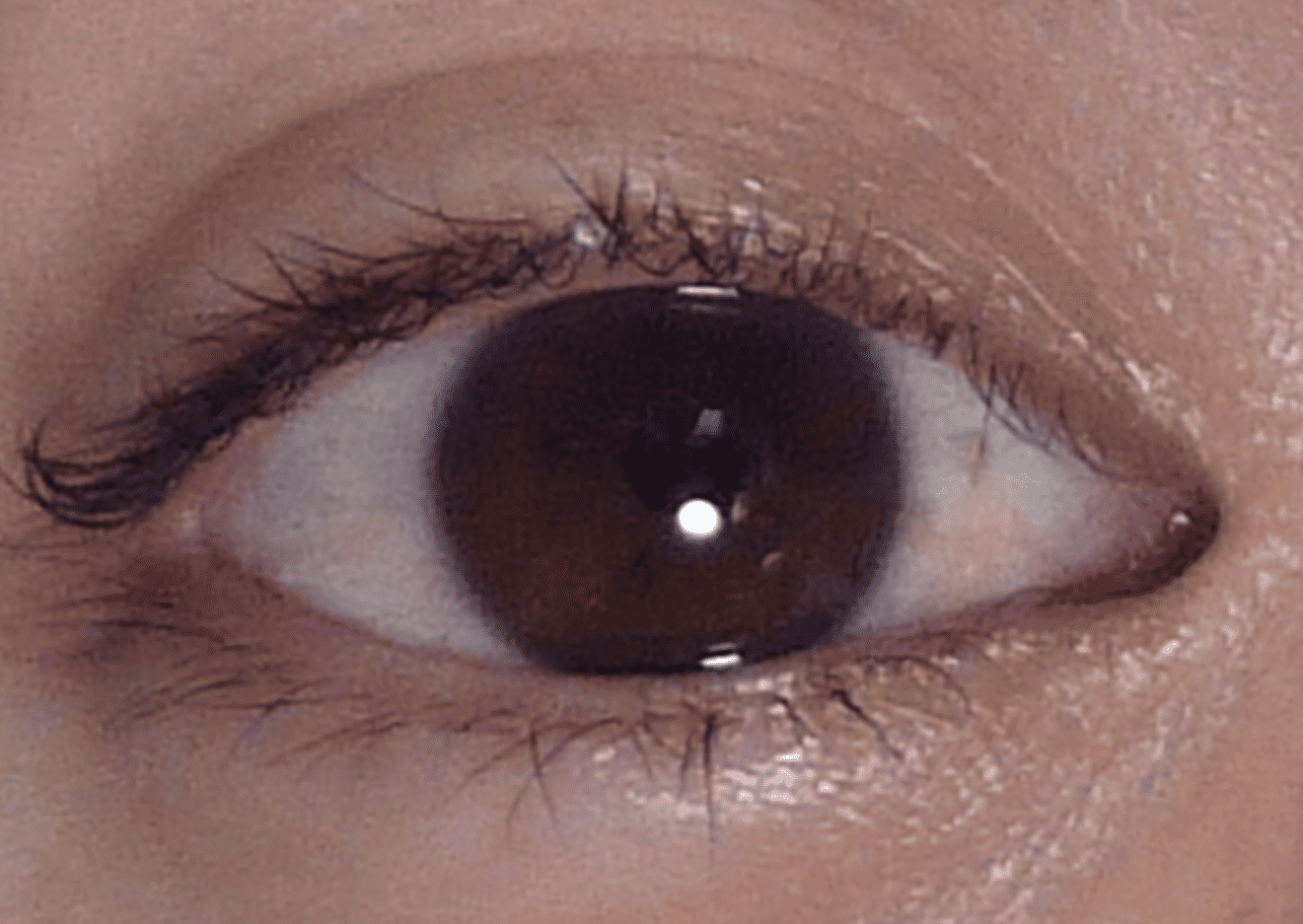
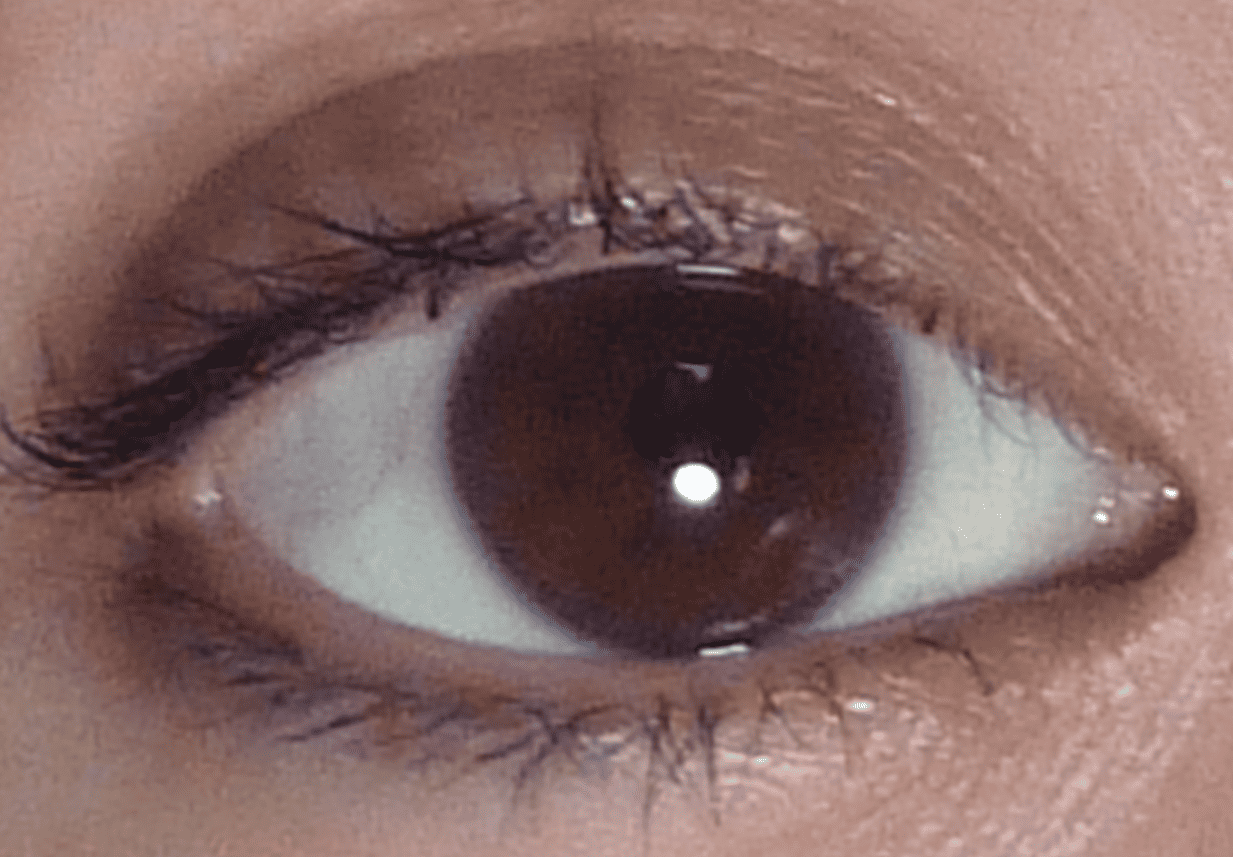
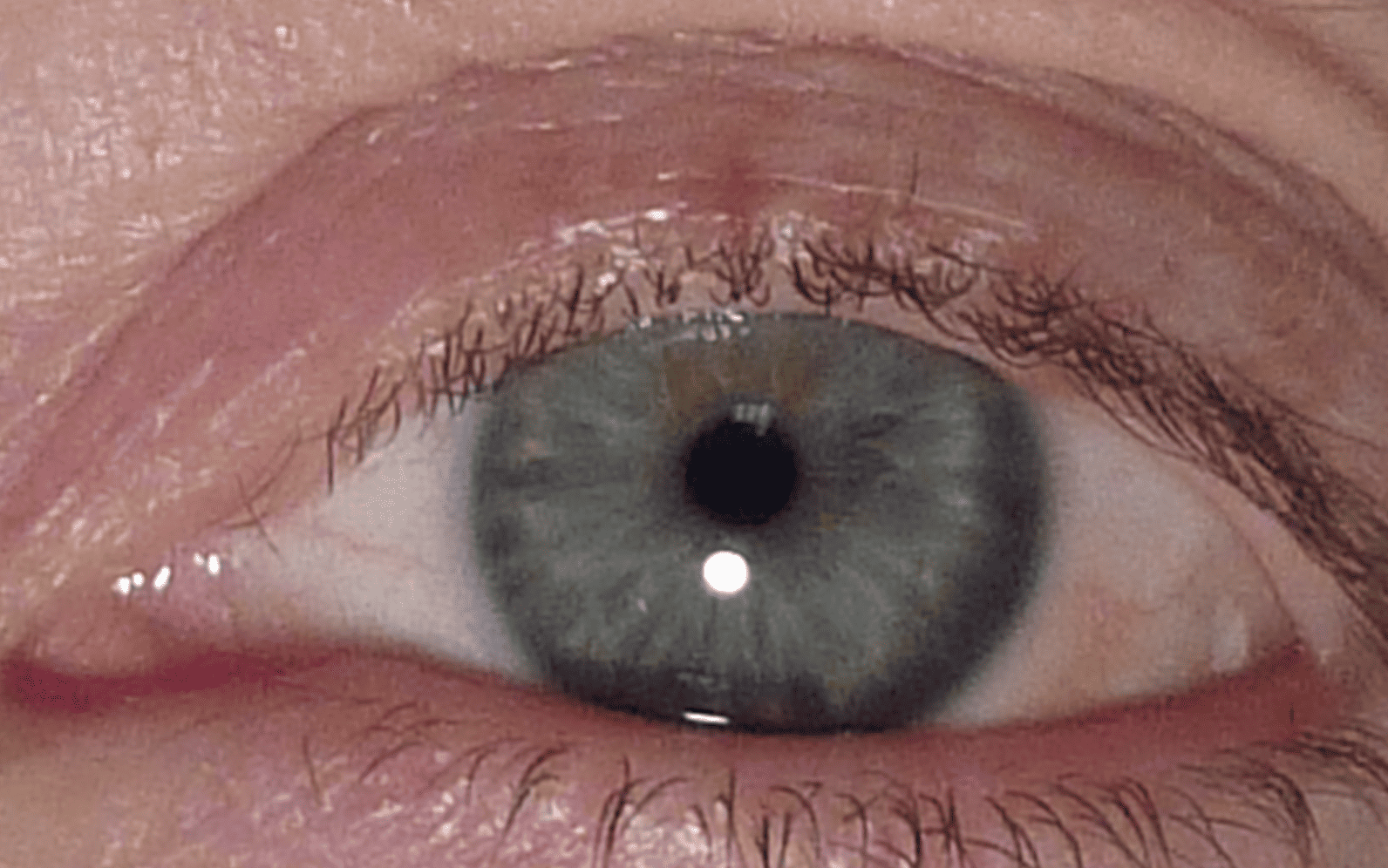
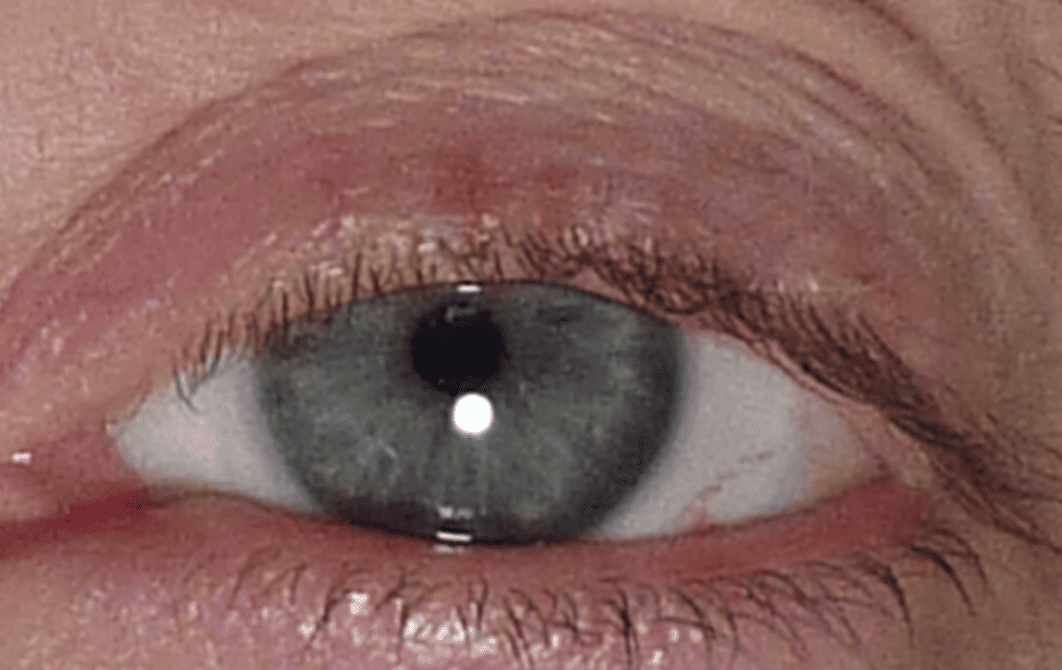
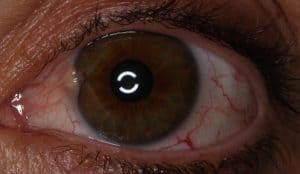
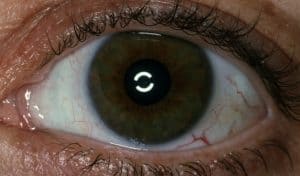
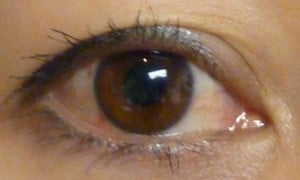
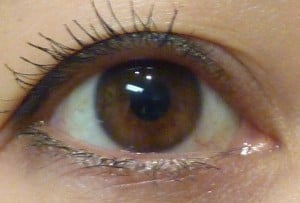
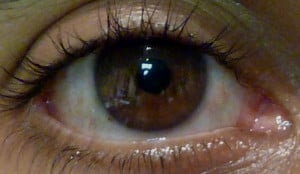
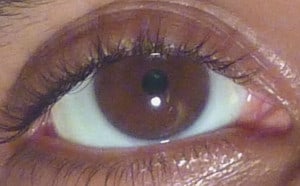








Learn More About Pinguecula Removal at Boxer Wachler Vision Institute
For more information about pinguecula removal with WhiterEyes® Conjunctivoplasty, please call or email Boxer Wachler Vision Institute today.

















